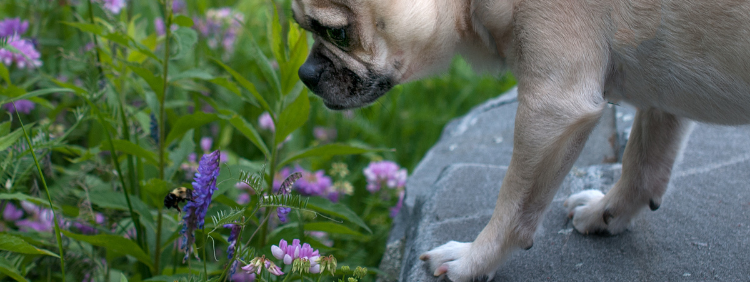 If you have ever had a bee sting, you know how painful it can be. A dog that gets stung can experience similar misery. In some cases, bee stings can even be dangerous to dogs. As a pet owner, it is your responsibility to take steps to prevent your dog from getting stung. This may include calling pest control services for professional bee removal .
If you have ever had a bee sting, you know how painful it can be. A dog that gets stung can experience similar misery. In some cases, bee stings can even be dangerous to dogs. As a pet owner, it is your responsibility to take steps to prevent your dog from getting stung. This may include calling pest control services for professional bee removal .
 If you have ever had a bee sting, you know how painful it can be. A dog that gets stung can experience similar misery. In some cases, bee stings can even be dangerous to dogs. As a pet owner, it is your responsibility to take steps to prevent your dog from getting stung. This may include calling pest control services for professional bee removal .
If you have ever had a bee sting, you know how painful it can be. A dog that gets stung can experience similar misery. In some cases, bee stings can even be dangerous to dogs. As a pet owner, it is your responsibility to take steps to prevent your dog from getting stung. This may include calling pest control services for professional bee removal .

